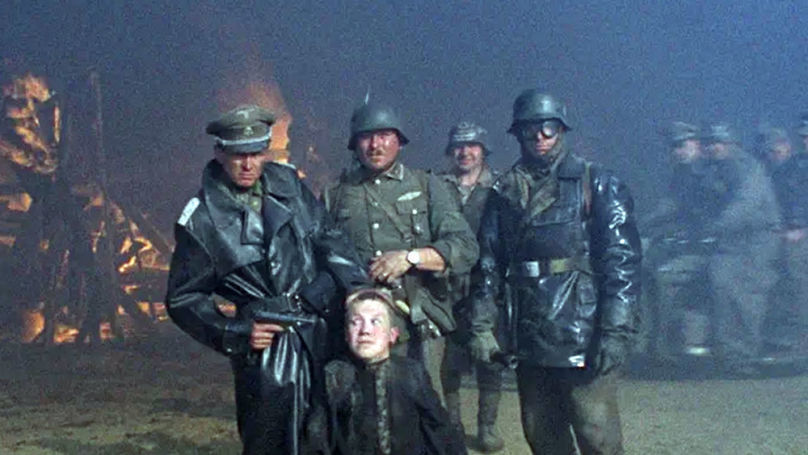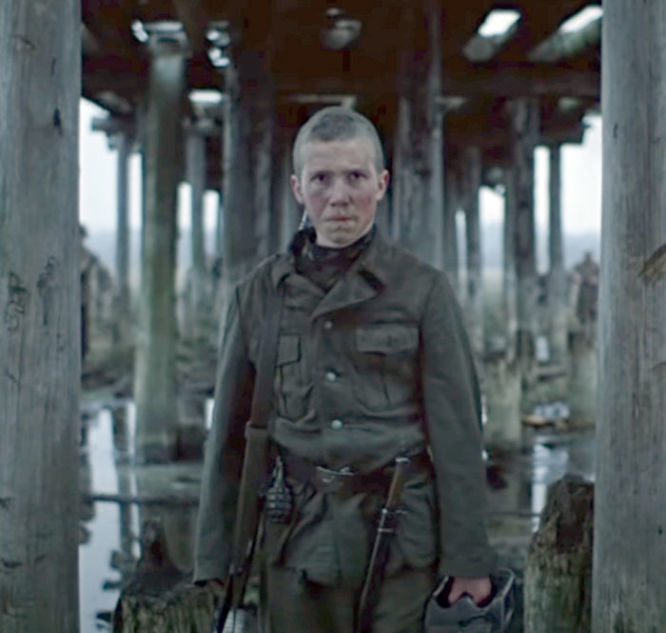What ought one to watch if one wants to know about Nuremberg? Which films best capture the essence of the tribunal? Famed film aficionado Lydia Maslova has prepared a unique list of films to accompany the “Nuremberg: Casus Pacis” project. We continue with our series, publishing her recommendations twice a week – the greatest films about the war and its aftermath, from the famous and award-winning to the niche but important and meaningful ones.
‘Come and See’ (1985)
Director: Elem Klimov
Starring: Aleksei Kravchenko, Liubomiras Laucevičius, Olga Mironova
The painful, brutal and naturalistic film by Elem Klimov, based on “The Khatyn Story” and “I Am From the Fiery Village" by Ales Adamovich, breaks the Soviet film industry’s pattern of pretentious partisan films. Klimov’s desire for hyper-realism to depict the atrocities of the Nazi executioners in Belarus in 1943, where 628 villages and their villagers were burnt gives the film the feeling almost of a documentary of genocide, leading to the dehumanisation both of victims and villains.

Aleksei Kravchenko’s character, a teenager in a partisan unit, undergoes a frightening transformation towards the end of the film, changing before his very eyes into an old man distraught by the horrors he has seen. He discharges his machine gun into a portrait of Hilter lying in a puddle but is unable to shoot the photo of little Adolf – the original title of the film was “Kill Hitler” (suggesting the idea that one should first kill the Hitler that dwells within oneself). Even in the context of contemporary cinema, which has significantly raised the threshold of sensitivity to violence and cruelty, ‘Come and See’ has a shocking effect, irrefutably demonstrating that there is not, nor ever can be, anything heroic to justify the slaughter of some human beings by others.
























